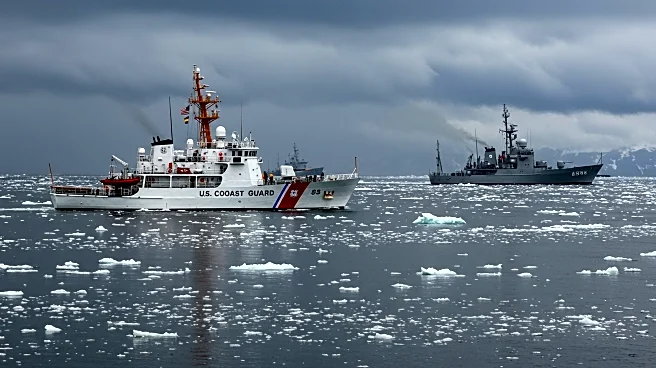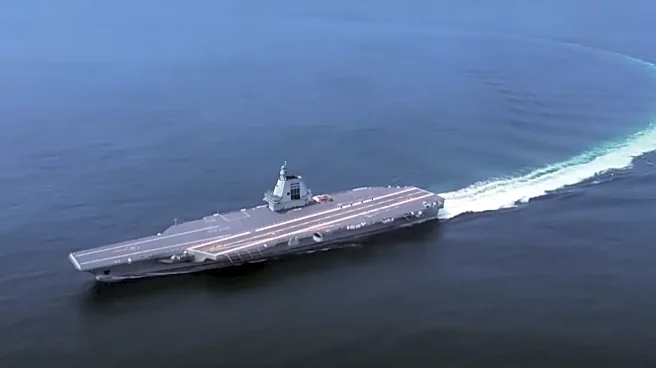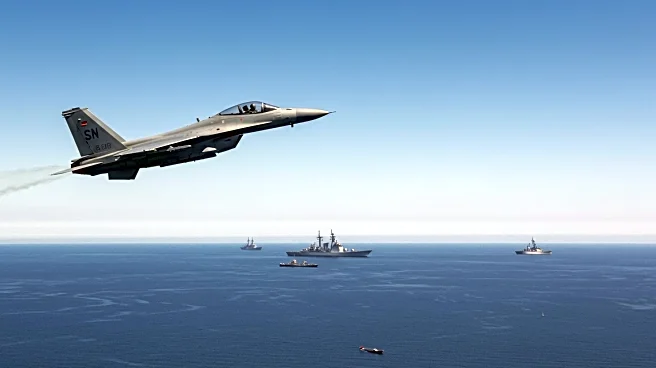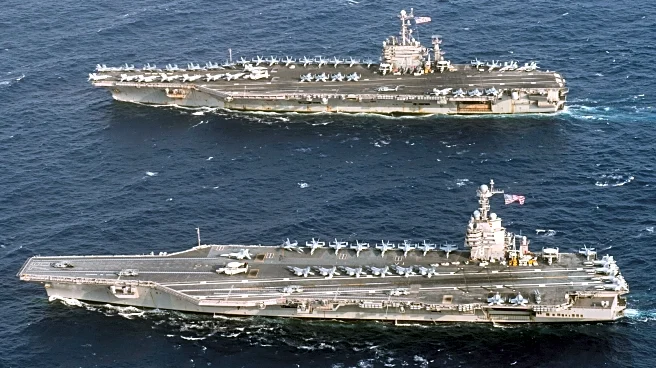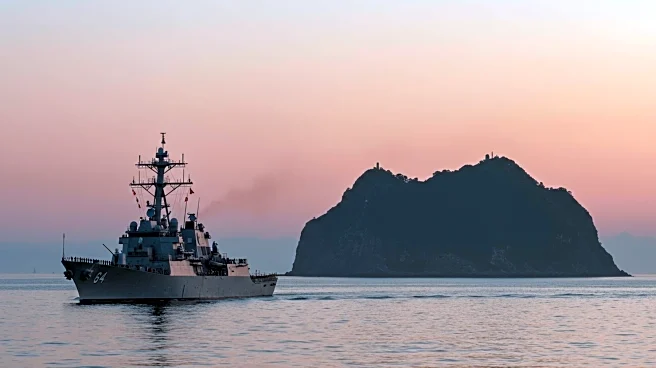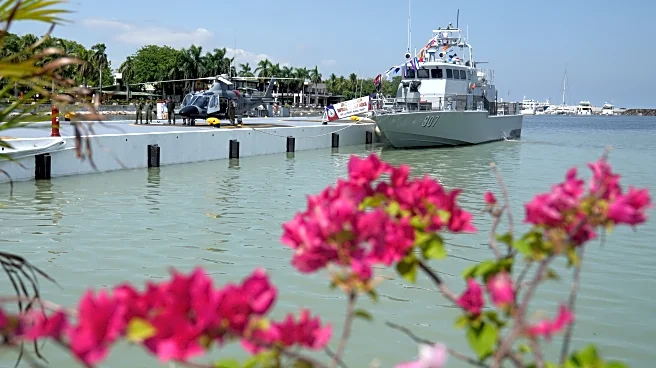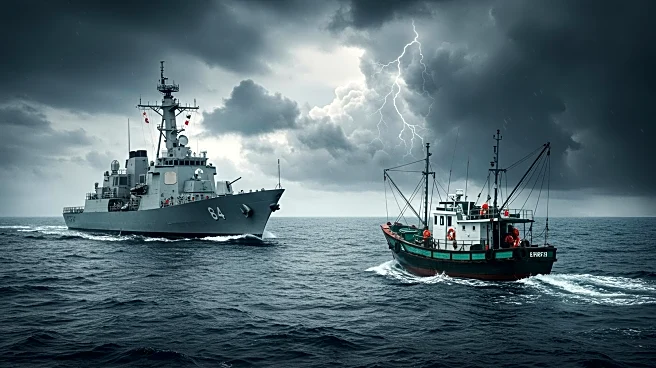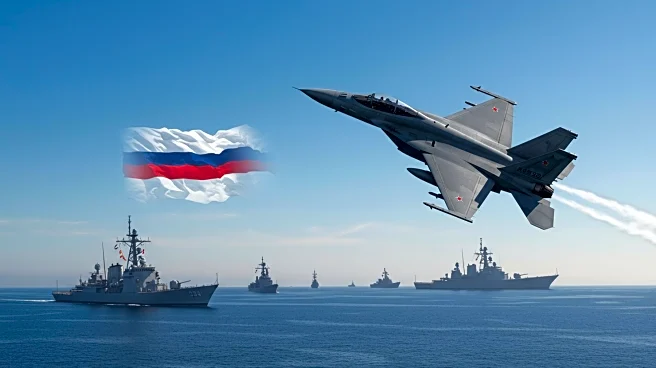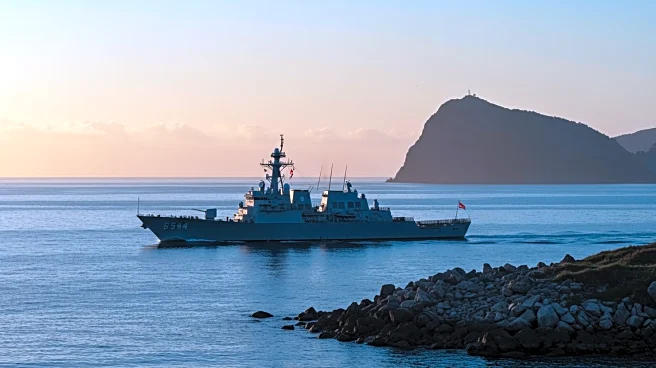What is the story about?
What's Happening?
The U.S. Coast Guard is actively monitoring a group of five Chinese research vessels operating in the Arctic region, specifically in and near U.S. waters off the coast of Alaska. The flotilla includes the Polar Class 3 icebreaker Xue Long 2, the icebreaking tug Zhong Shan Da Xue Ji Di, and the newly delivered ice-class research vessels Ji Di and Tan Suo San Hao, along with the conventional research vessel Shen Hai Yi Hao. This presence is considered unprecedented and occurs during a period of heightened tensions between the United States and China. In response, the Coast Guard dispatched an HC-130J long-range search aircraft to intercept and query the Chinese vessels. Concurrently, two U.S. warships conducted a freedom of navigation operation near Scarborough Shoal in the South China Sea, a contested area occupied by China. The Coast Guard has recently enhanced its resources in Alaska, commissioning the USCGC Earl Cunningham, a Fast Response Cutter, and preparing the interim icebreaker USCGC Storis for northern patrols.
Why It's Important?
The presence of Chinese research vessels in the Arctic near U.S. waters underscores the strategic importance of the region and the ongoing geopolitical tensions between the United States and China. The Arctic is increasingly viewed as a critical area for scientific research, resource exploration, and military strategy. The U.S. Coast Guard's monitoring efforts reflect concerns over sovereignty and security in the region. The situation highlights the broader context of U.S.-China relations, where maritime operations and territorial claims are frequent points of contention. The deployment of additional Coast Guard resources in Alaska signifies a strategic move to ensure U.S. interests are protected in the Arctic, a region that is becoming more accessible due to climate change and melting ice.
What's Next?
The U.S. Coast Guard is expected to continue its surveillance and monitoring of the Chinese research vessels as they operate near Alaska. The deployment of the USCGC Storis further north suggests ongoing vigilance and readiness to respond to any developments. The situation may prompt diplomatic discussions between the United States and China regarding maritime activities and territorial rights in the Arctic. Additionally, the U.S. may consider further strengthening its presence in the region to deter any perceived encroachments on its territorial waters.
AI Generated Content
Do you find this article useful?
